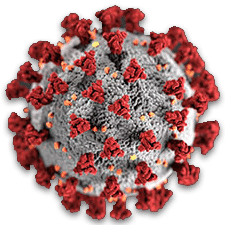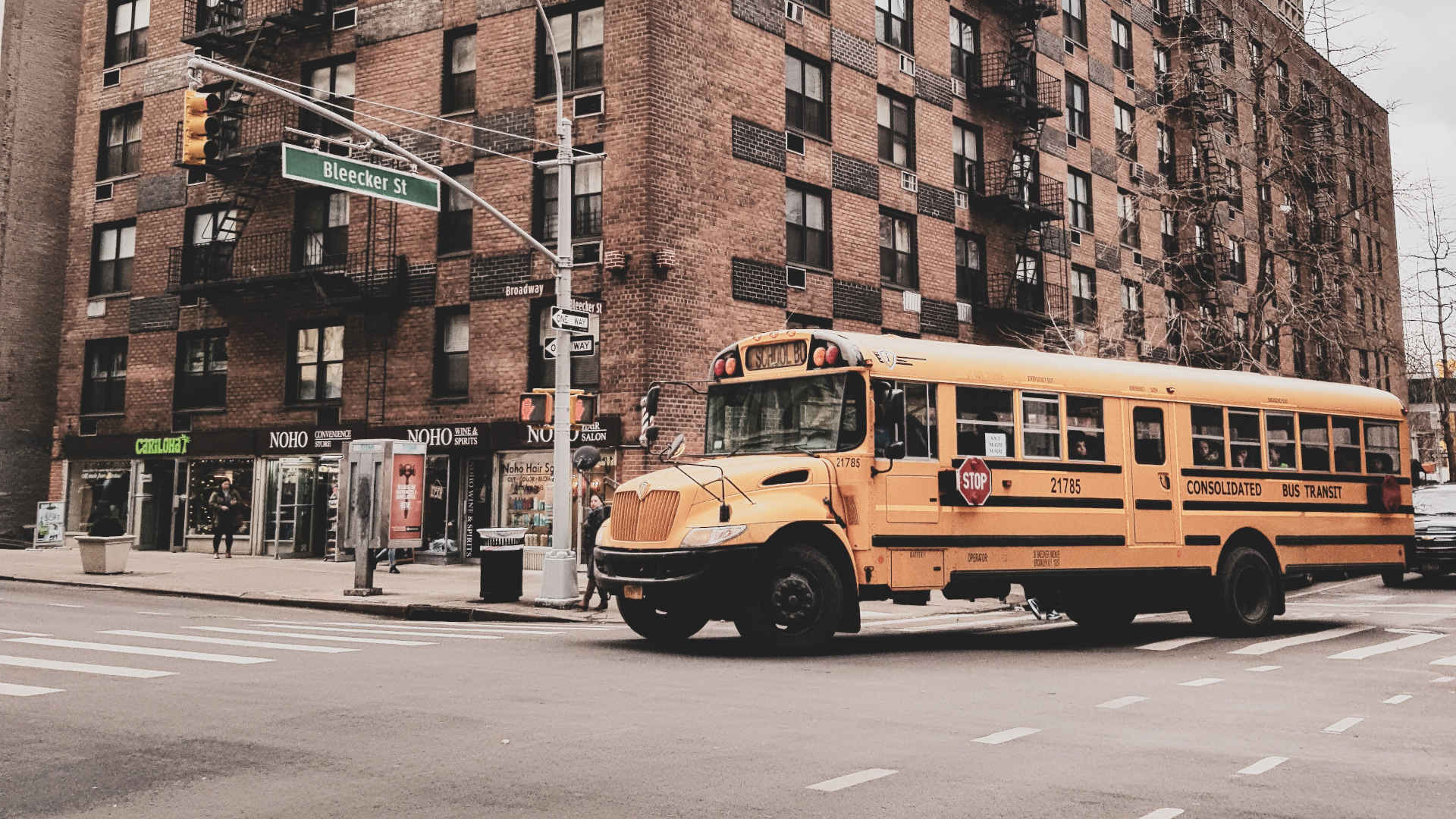NYC School Covid Testing Is Falling Short, Some Educators Say
As city officials investigated whether a slew of positive Covid cases should close down Millennium Brooklyn High School, science teacher Mike Stivers tried to get swabbed on Dec. 21 during the school’s weekly testing visit.
Stivers and other teachers were turned away. They hadn’t filled out the newly required consent forms three days earlier — before many knew they had been potentially exposed.
By the end of the day Stivers had a scratchy throat. After the school bell rang, he headed to a city testing site where he waited for an hour-and-a-half. The result: positive.
“They left the building with unused tests. It was a real slap in the face,” Stivers said. “There were people who wanted tests, they seemed to have at least some tests to administer, but they wouldn’t do that.”
This story was originally published by Chalkbeat. Sign up for their newsletters at ckbe.at/newsletters.
As outgoing Mayor Bill de Blasio warned that the city will see elevated cases through January, educators and families are demanding big changes after schools return from winter break, which stretches from Dec. 24 through Jan. 3. Along with the new year will come a change in administrations, leaving it up to incoming Mayor Eric Adams to decide how to dedicate strained testing resources in schools and across the city.
The current landscape, many say, is unsustainable: New Yorkers lining up in the cold, sometimes for hours, as omicron drives infection rates to above 8 percent.
Meanwhile, educators say on-campus Covid testing is falling short, with fewer students being tested and staff often turned away. More students and staff are testing positive than ever before, overwhelming the city’s Situation Room, tasked with tracking close contacts, and issuing quarantines and guidance for classroom closures. As of Dec. 23, there were 11 schools closed. Some campuses saw staffing shortages and asked students to learn remotely.
Michael Mulgrew, the head of the New York City teachers union, recently suggested the United Federation of Teachers wouldn’t support keeping schools open, “if we don’t see that we are getting the testing system that we need to keep our schools and our communities and our children and parents safe.”
“The testing system that we had is now broken,” he said during an interview on NY1 two weeks ago.
New York City has been racing to set up more testing sites, with the state and federal governments pitching in resources. At the same time, a Chalkbeat analysis of city data shows that fewer tests are being administered at schools among both students and staff. Three weeks ago, tests were almost 22 percent lower than the peak in early October.
Most of that dip came from a reduction in staff testing. Between Dec. 13 and Dec. 19, the district recorded under 5,000 tests given to staff members — compared to a high of almost 16,000 the week of Sept. 27 through Oct. 3.
Education department officials said that school staff are fully vaccinated now, and more children have received shots, accounting for the fewer tests.
“Our multi-layered approach to health and safety relies on stopping the spread at the school level. Students are learning safely in person in classrooms every day and will continue to do so,” spokesperson Nathaniel Styer said in a statement.
City officials have promised to conduct weekly testing of 10 percent of unvaccinated students who consent to testing. Principals say the number of students getting tested has steadily shrunk as more students get vaccinated. Children ages 5 to 11 became eligible for the shots in November, and schools have hosted pop-up vaccination sites that, in some places, were met with high demand.
Katie Dello Stritto, principal of P.S. 58 The Carroll School in Brooklyn, said up to 150 students used to get tested at her school, which has an enrollment of almost 900. That’s when the city was testing 20 percent of students in 2020. During testing three weeks ago, only 13 were swabbed — and one student was positive for the virus. Two weeks ago, 10 students were eligible to get tested. Out of those, two of those initially selected were already home with coronavirus.
 |
For all of Undark’s coverage of the global Covid-19 pandemic, please visit our extensive coronavirus archive. |
She said the testing program has dropped students after receiving only one dose of the coronavirus vaccines, even though they’re not fully protected yet.
“We’re masking. The kids wash their hands all the time. We eat outside as much as possible. We check temperatures at the door,” Dello Stritto said. “But we’re not catching it.”
Officials have flip-flopped when it comes to testing adults in the building. After starting the school year allowing staff to be tested on site, the city pulled back on testing school employees because everyone was required to be vaccinated. When omicron exploded onto the world stage, with evidence that the variant was causing more breakthrough infections, the city switched gears again to resume testing adults on campus as of Dec. 6.
Under the new policy, city guidance says only 10 percent of staffers can get tested at school. In order to get tested, staff were required to submit a new consent form, which must be filled out three days in advance.
At Stivers’ school, many teachers were unaware of the switch and only three out of about nine who sought tests on site two weeks ago were able to get tested, he said. He and his colleagues have since filed a grievance claiming the department of education has failed to provide a safe workplace.
Educators say there are other reasons why they’re not able to get swabbed while at work. The testing providers sometimes have to wrap up because they’re pressed for time, some said. Indeed, the city’s guidance says providers “must maintain their schedule and must leave at the end of their testing window.”
“They are not permitted to extend their testing window to accommodate staff who want to be tested,” the city’s guidance says.
The city’s testing program wasn’t set up to help curb outbreaks, but more as a spot check for whether layered mitigation measures — including universal mask requirements and increased ventilation — are working.
Anna Bershteyn, an assistant professor of population health at New York University’s Grossman School of Medicine, said deciding whether to ramp up testing in schools right now is a “tough call.” Schools have so far have largely proven to be safe, and she said she hasn’t seen evidence that has changed.
“It’s really about making sure that school itself is a safe place to be,” she said. “Most likely, based on what we know from before, kids are safer in schools than just about anywhere else.”
But Denis Nash, the executive director of the City University of New York’s Institute for Implementation Science in Population Health, said the city needs to change its testing policies in the face of omicron. The current policy, he said, “cannot reliably tell us” whether the latest variant is acting the same way in schools.
Excluding those who are vaccinated, and only including those who opt in “leaves major blind spots,” he said. He recommended increasing the frequency of testing to daily and said, “in an ideal world,” students and staff would need a negative test to return to classes after the winter break.
All of that would require immense resources, he acknowledged.
“Resources may need to be diverted from community testing. This would no doubt be very unpopular with many, but we don’t have enough tests for everyone to test as much as they want to. And we’ve decided that a major priority is to keep schools open,” he said. “You need a goal-aligned testing strategy that supports the goal of keeping schools open and safe.”
Christina Veiga is a reporter for Chalkbeat New York covering early childhood education, school diversity and the Department of Education. Kae Petrin is a data & graphics reporter on Chalkbeat’s data visuals team.
Chalkbeat is a nonprofit news site covering educational change in public schools.










